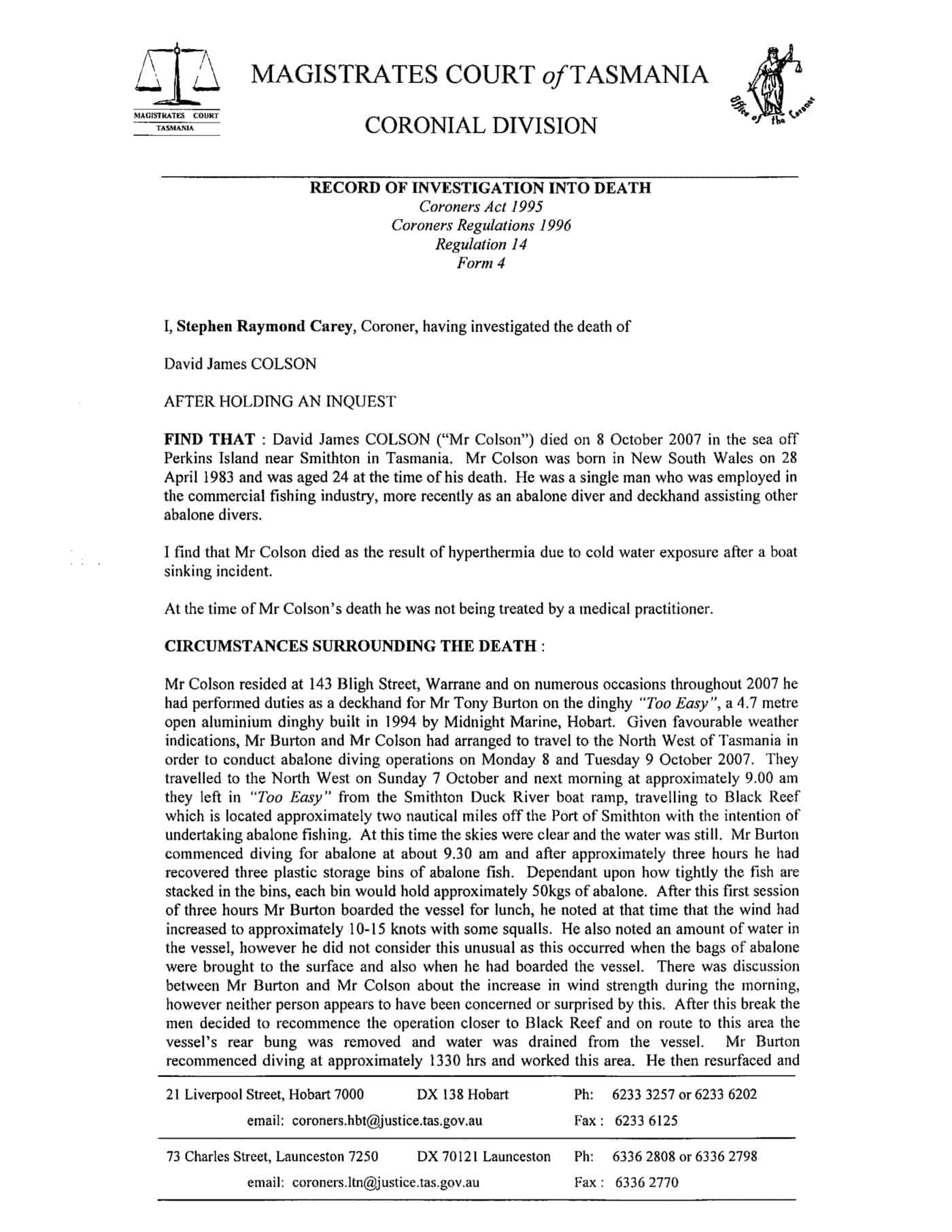In September 2009 several workers were killed and burnt when cutting up an old tanker that still had chemical residue. The National Labor Committee (NLC) has released a a ten minute video interview with the NLC Executive Director, Charles Kernaghan.
According to an 11 January 2010 NLC notice:
“Eight more workers in Bangladesh were burned to death on December 26, 2009, when the ship they were dismantling exploded. The workers had been told that the gas tanks on the Agate oil tanker had been cleaned. It was a lie. Continue reading “Shipbreaking Explosion”


